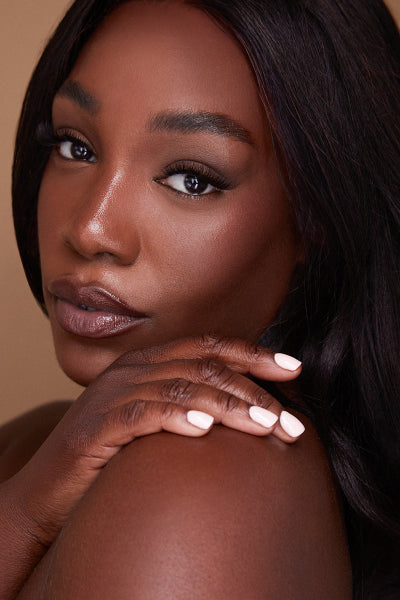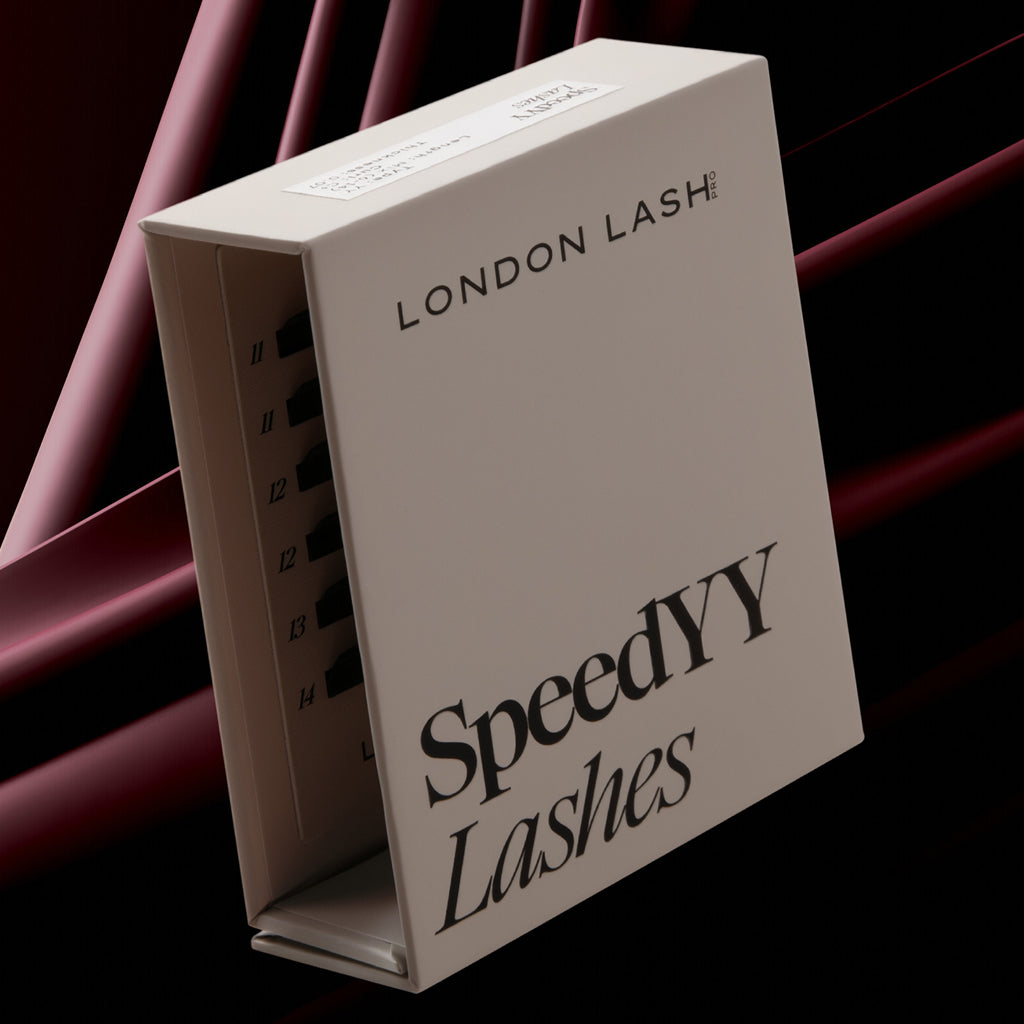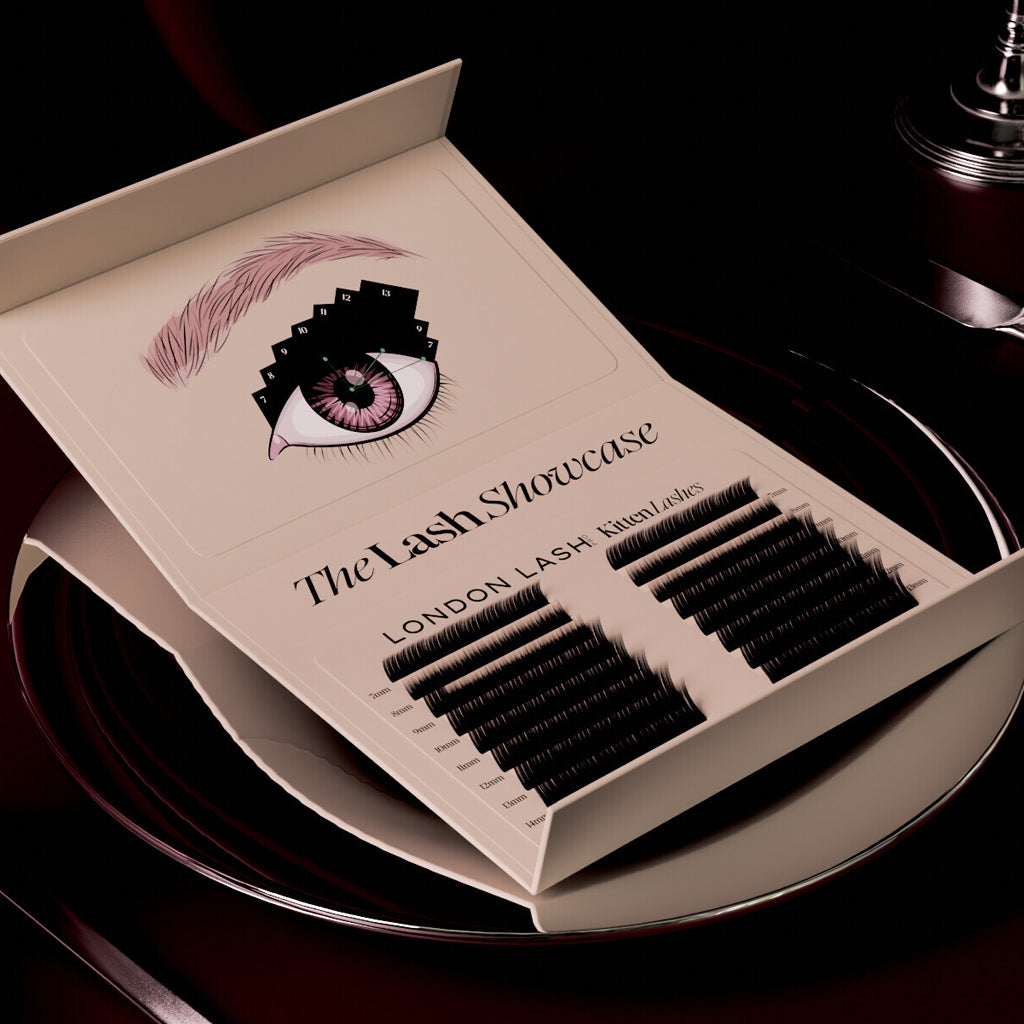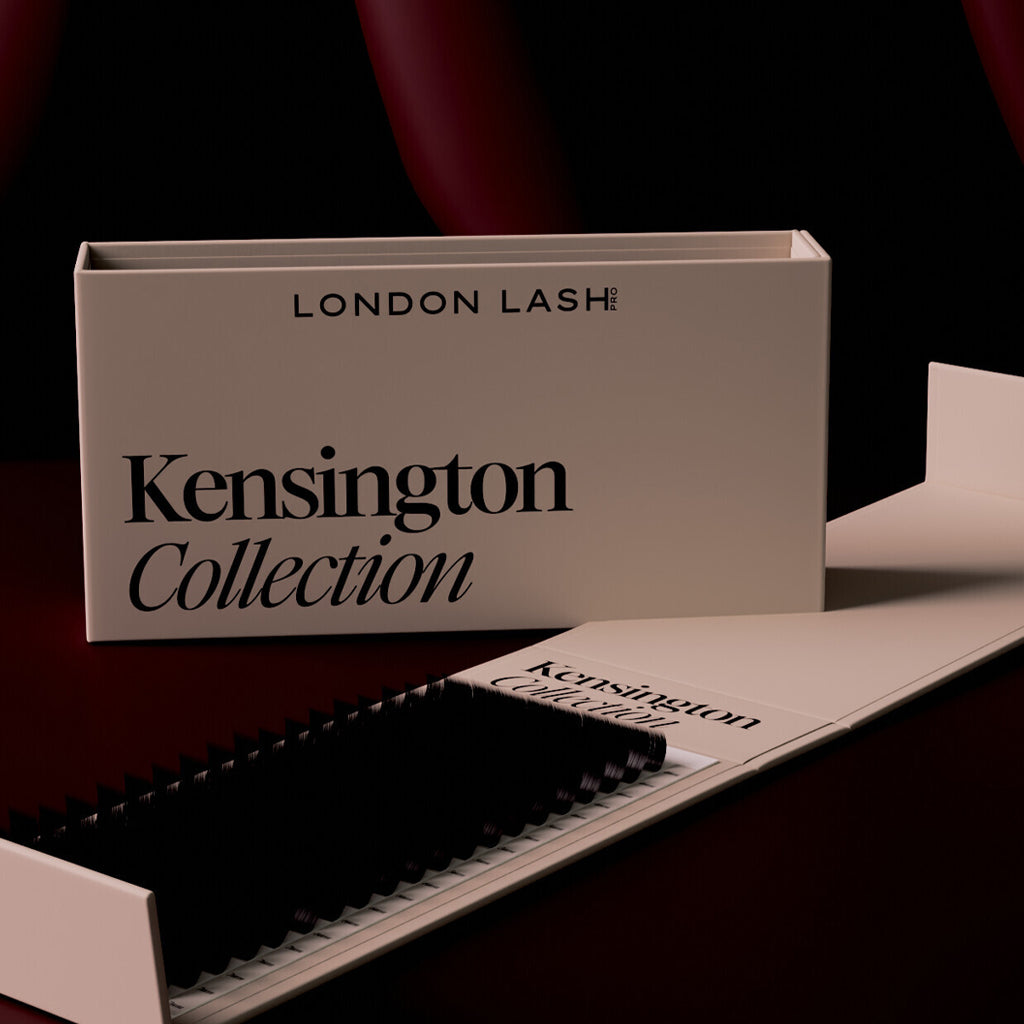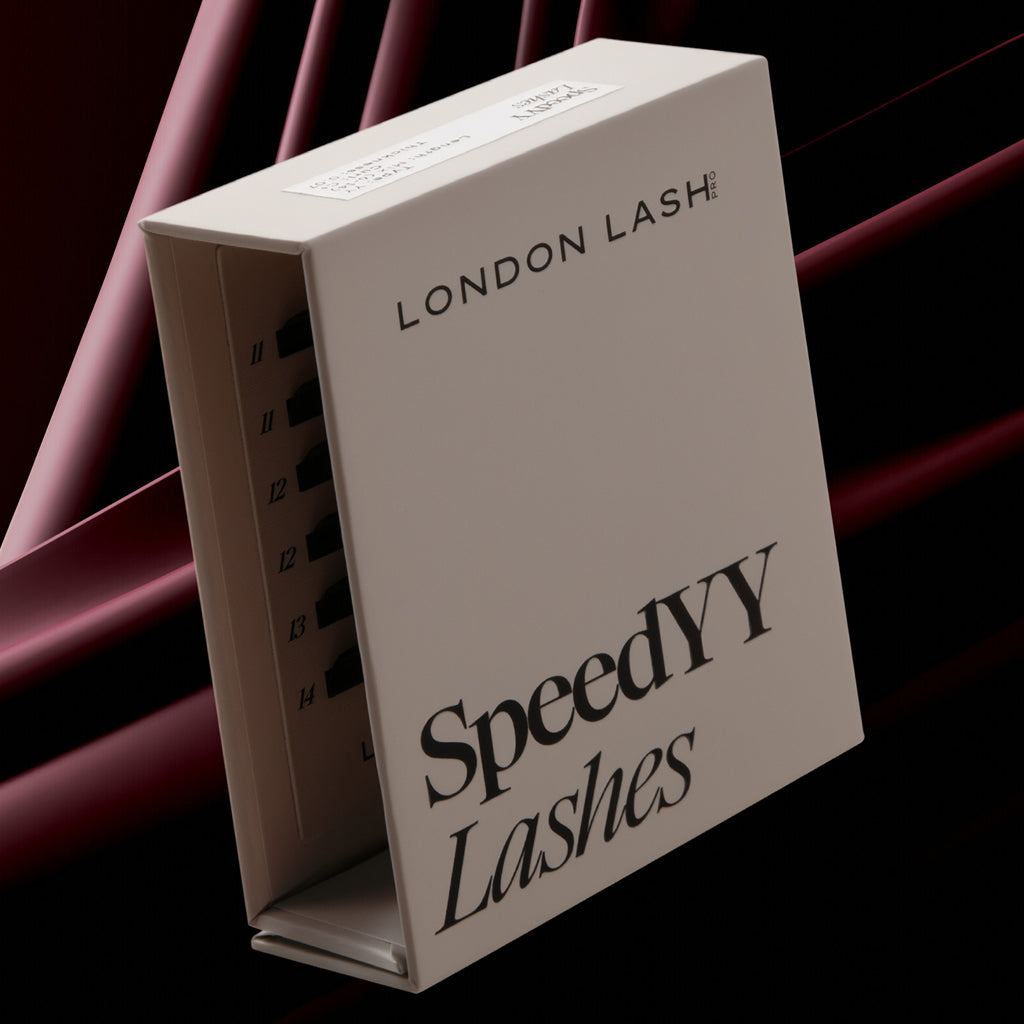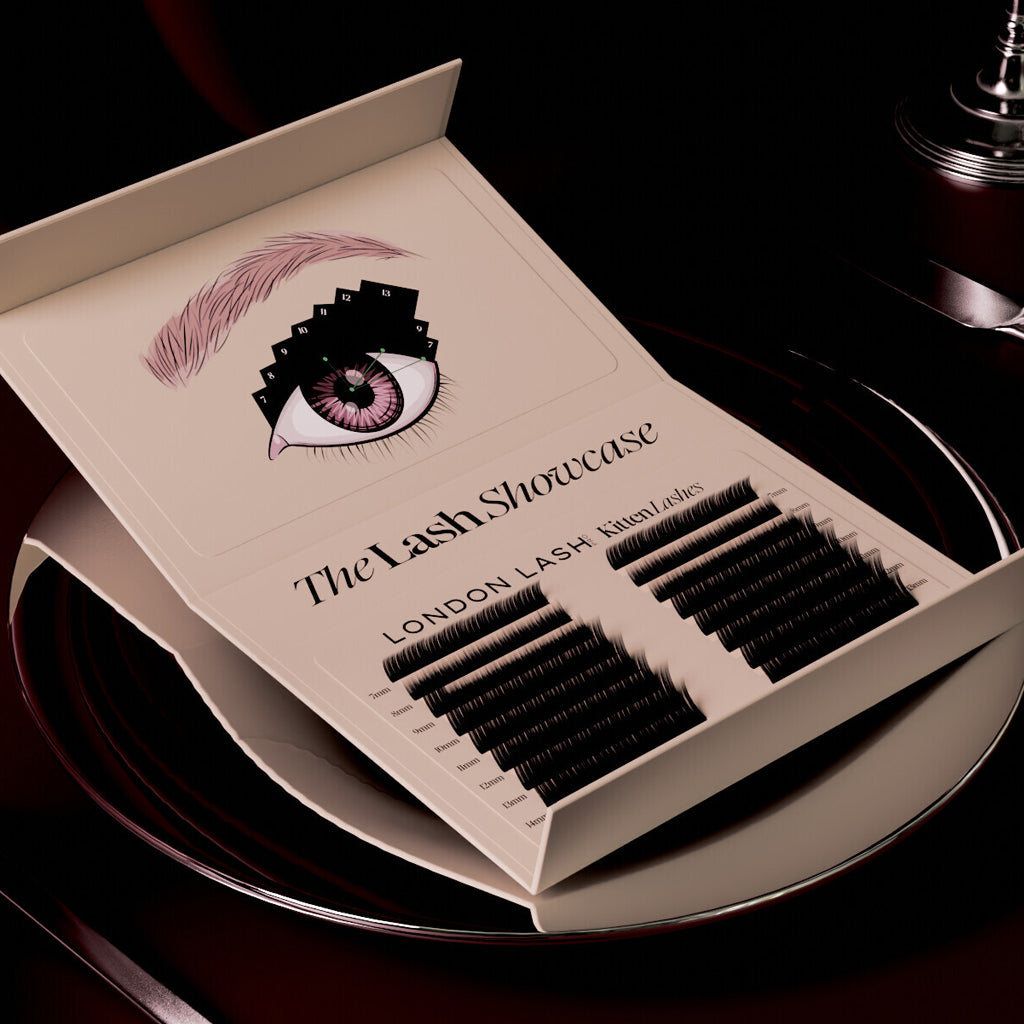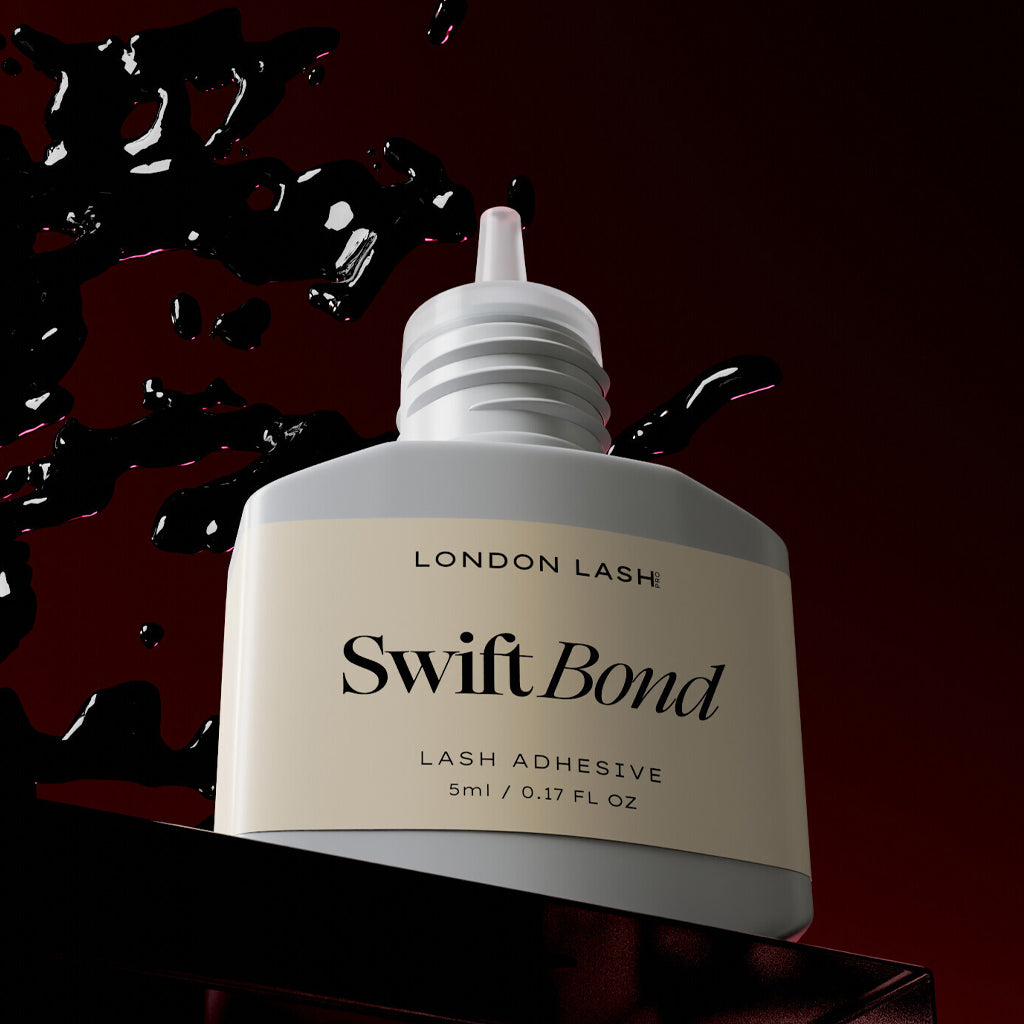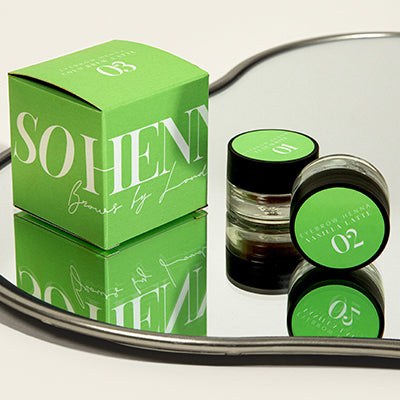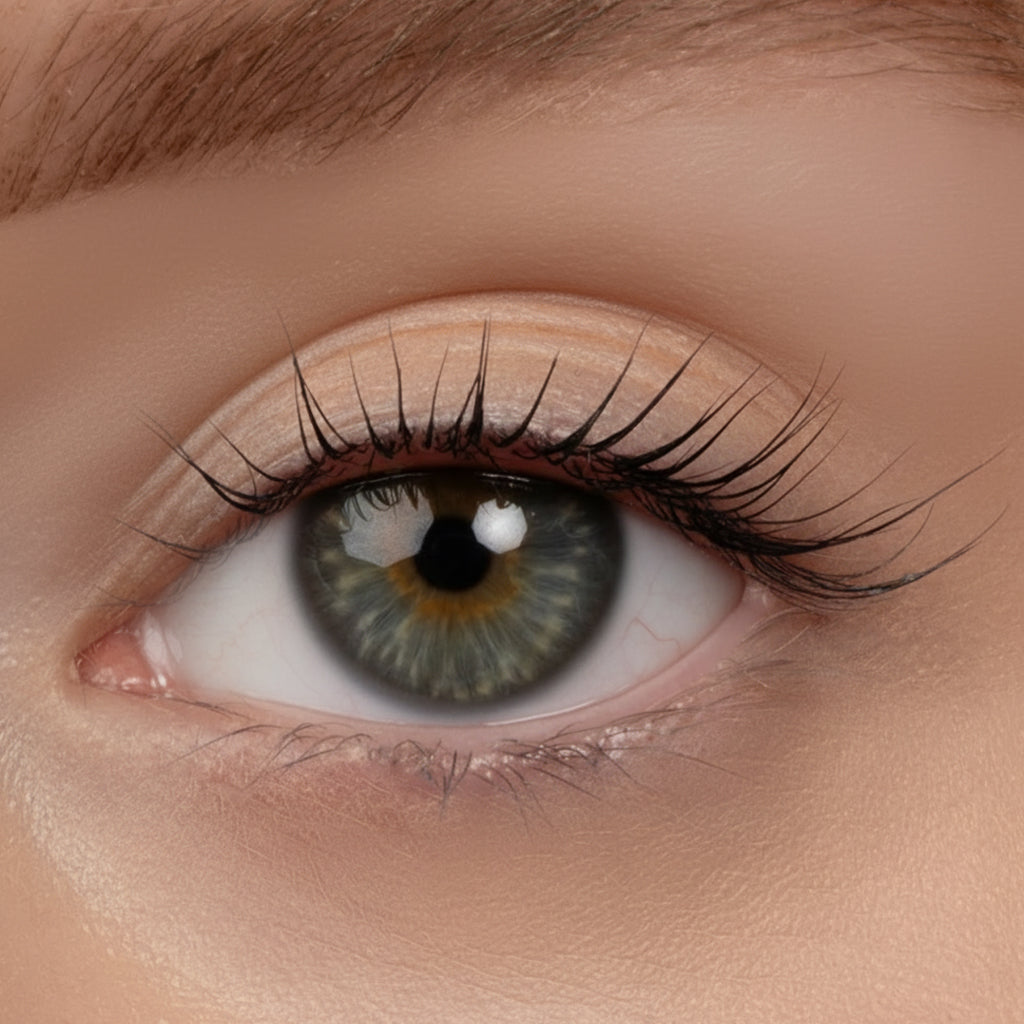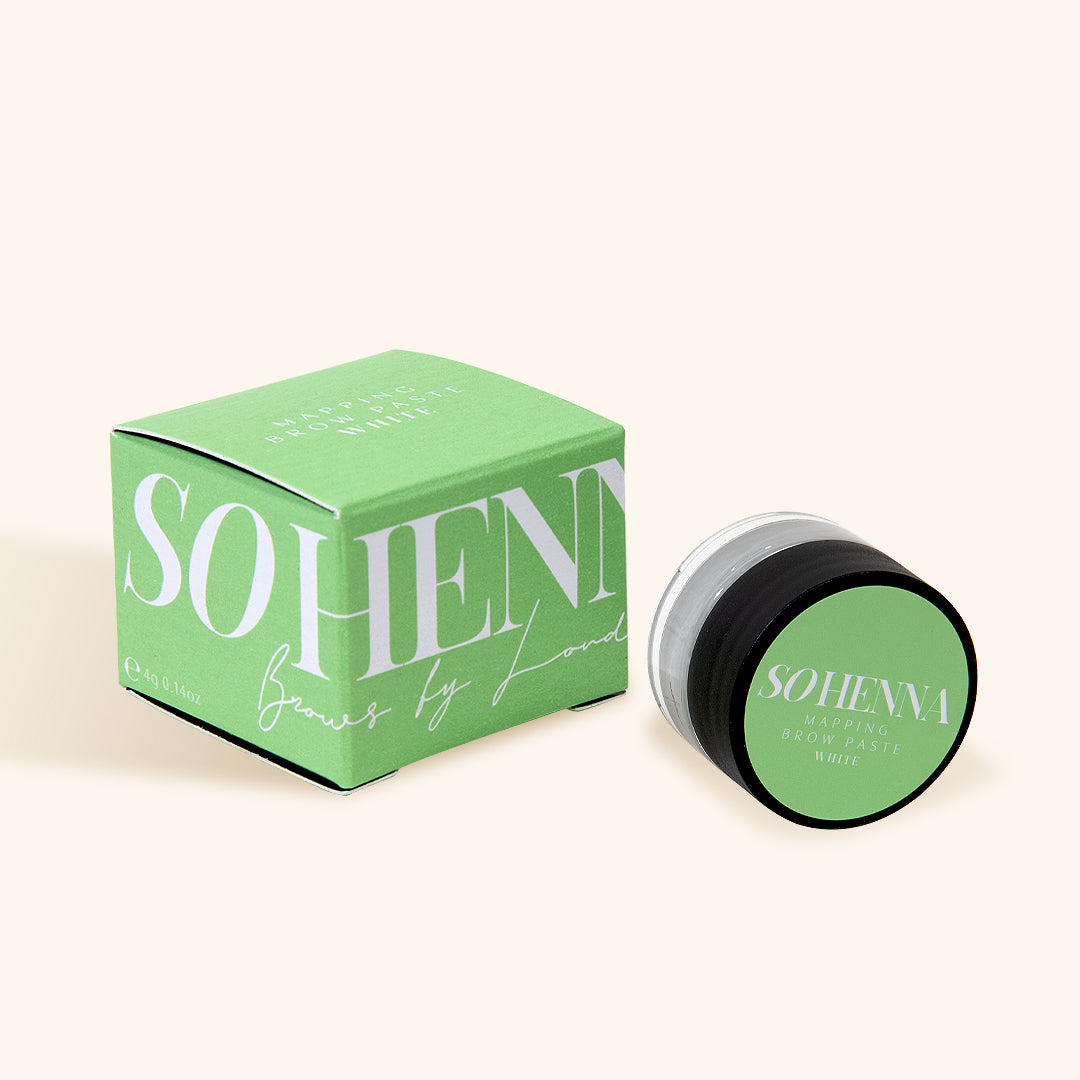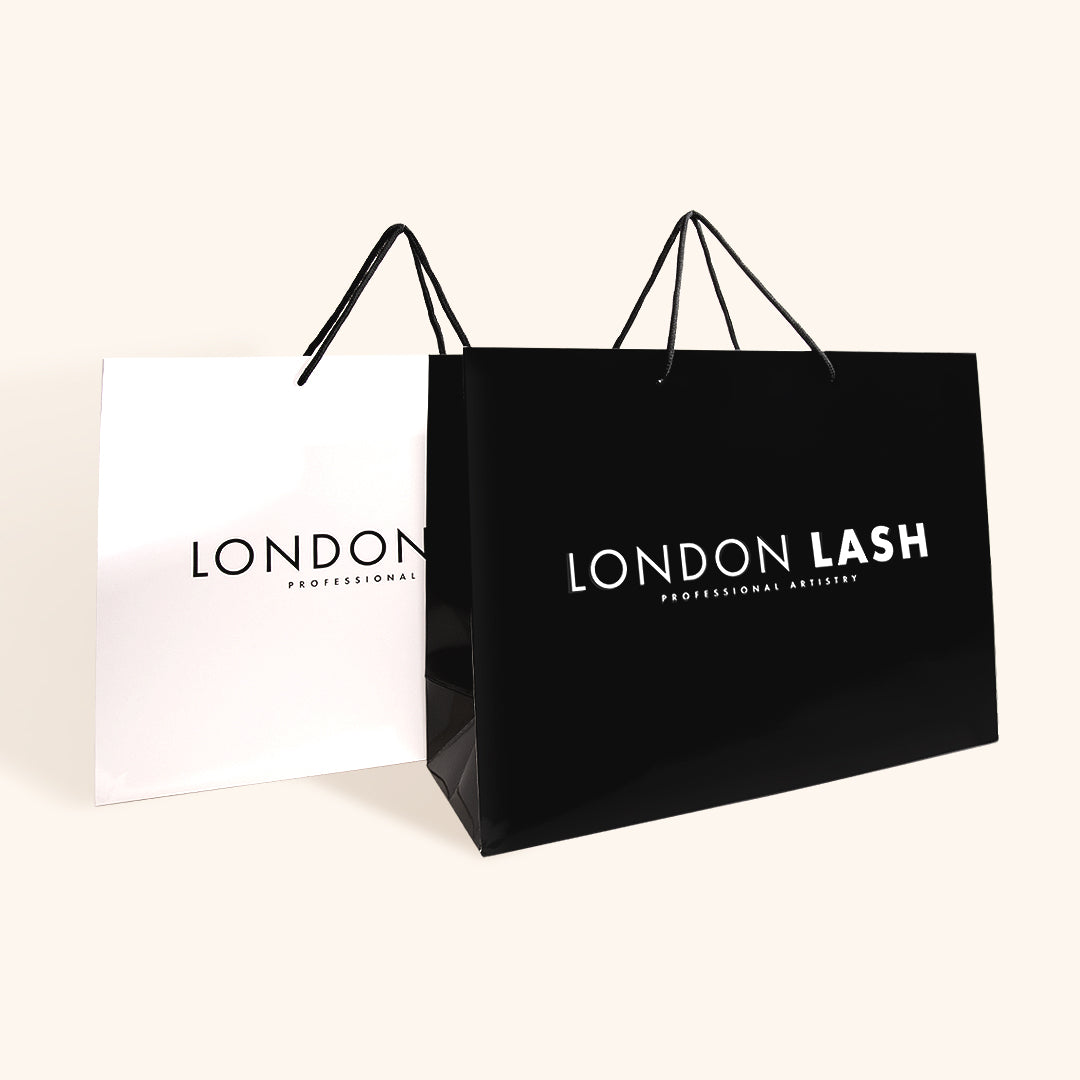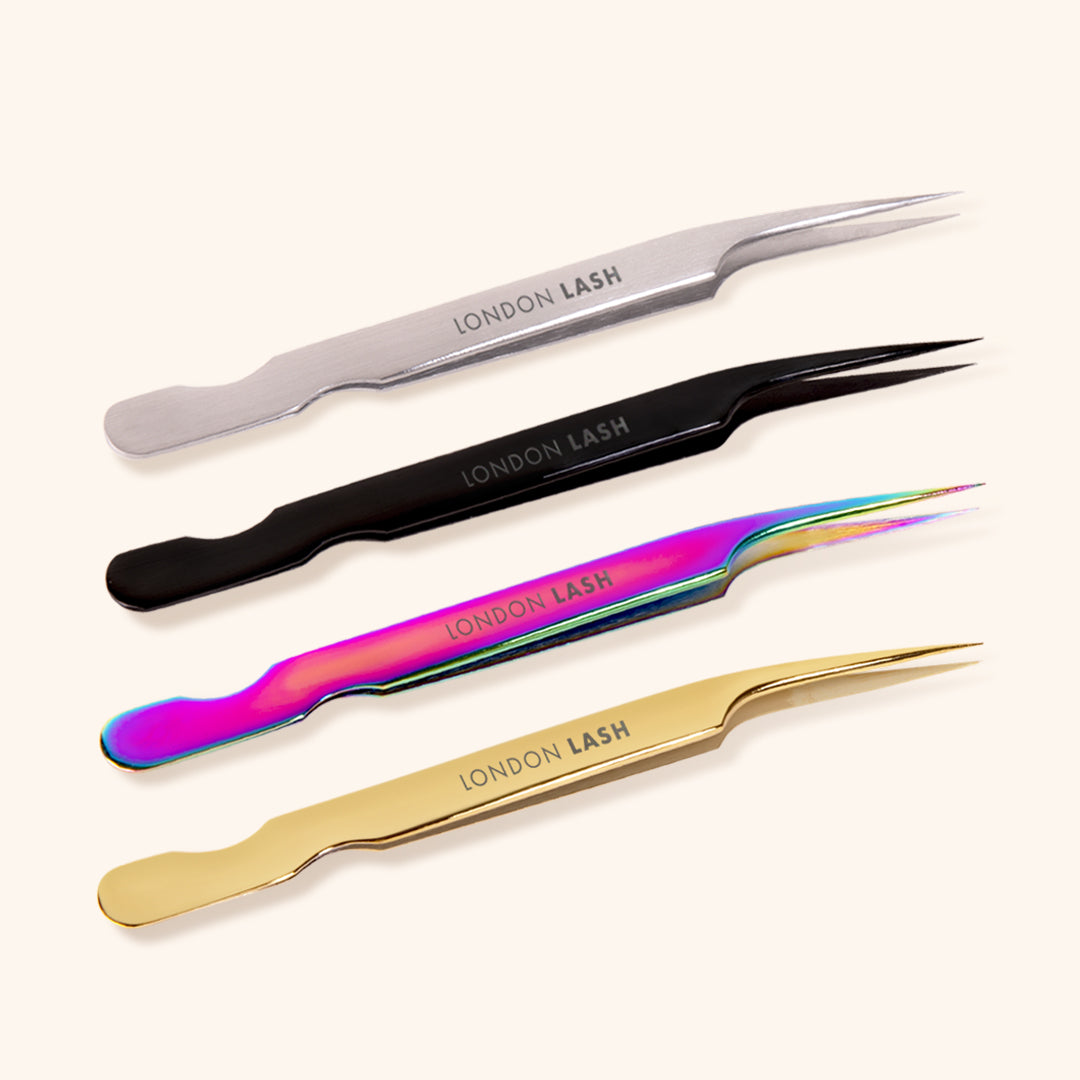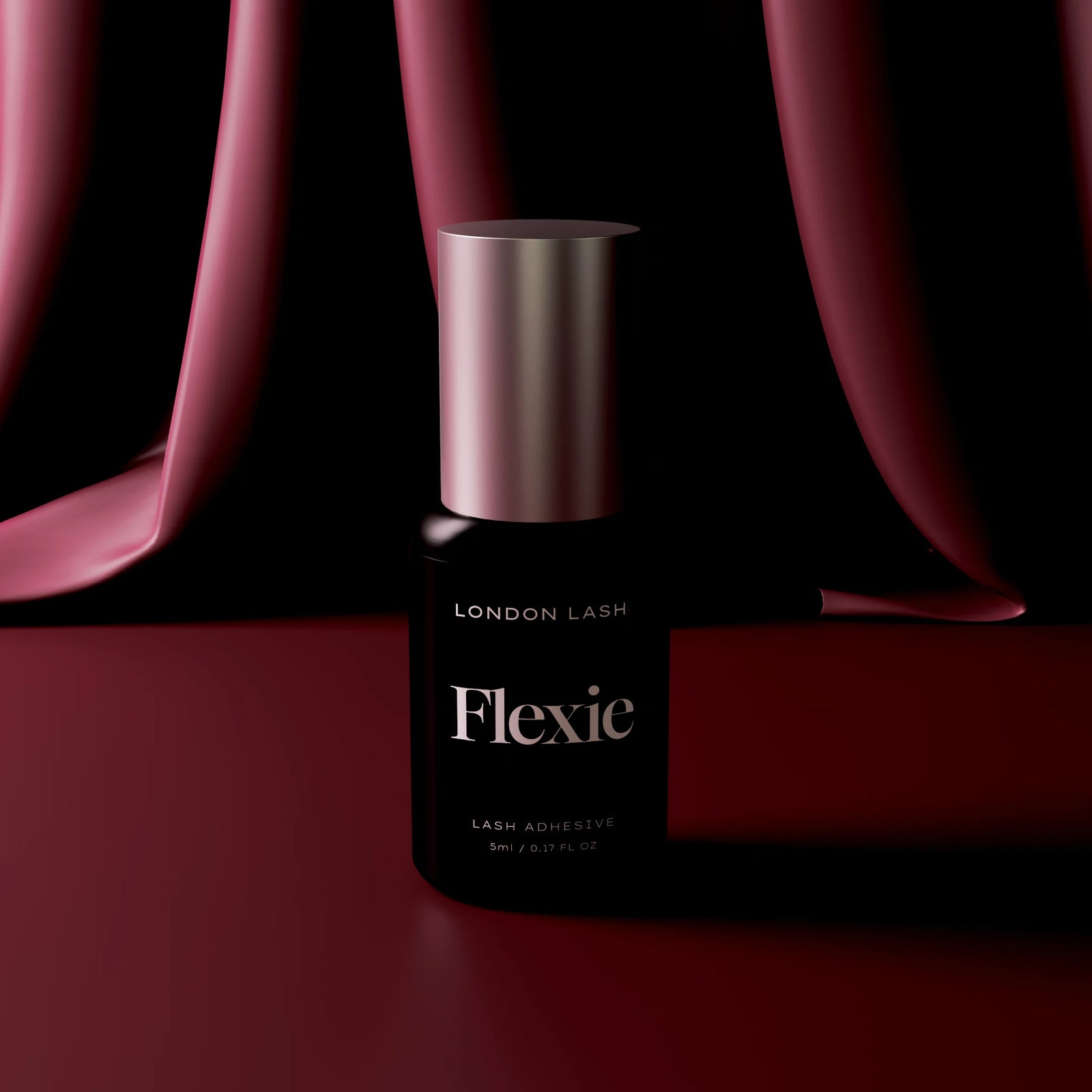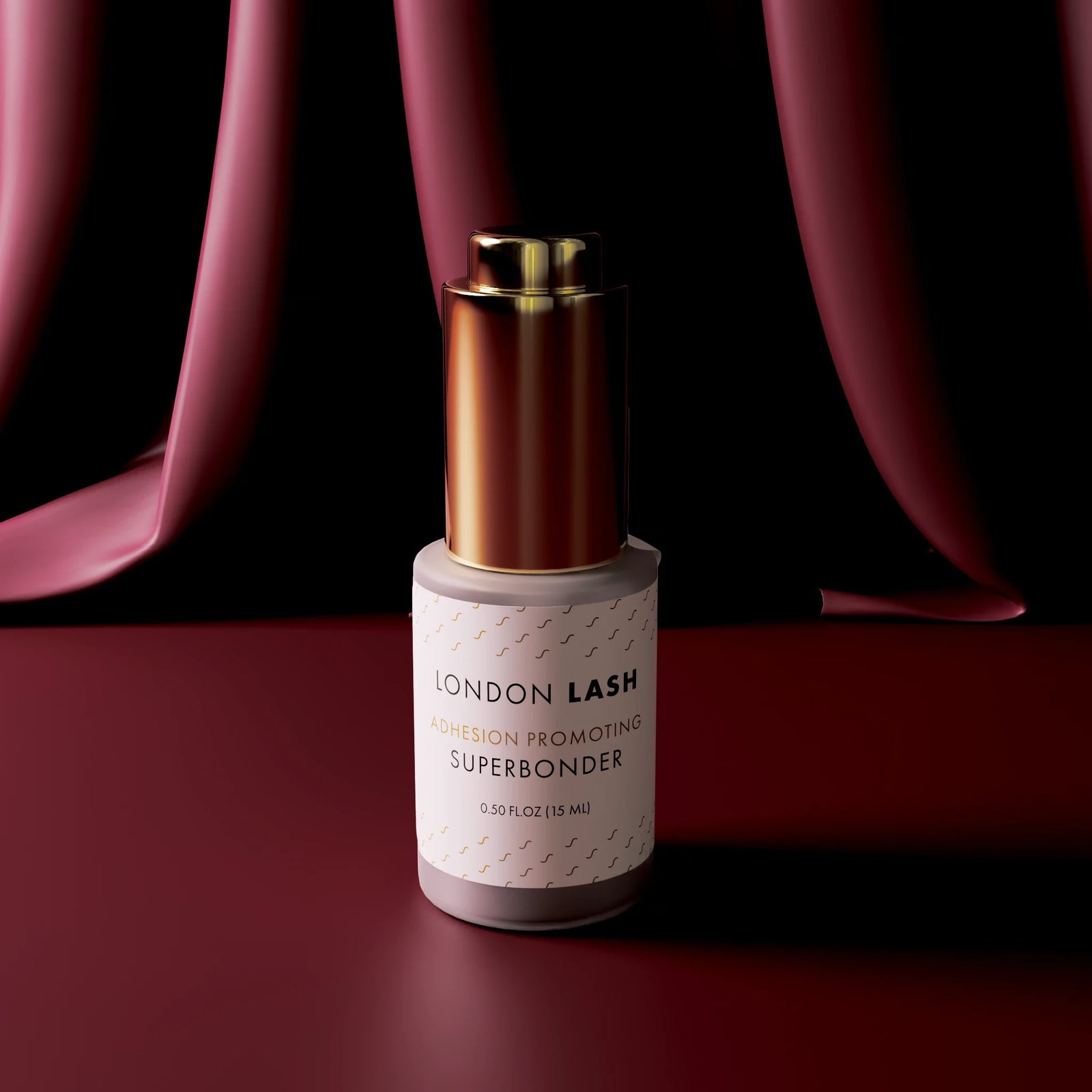Glues & Liquids
Eyelash Extensions
ACCESSORIES
So Henna
EYEBROWS
ONLINE TRAINING
Save up to 70% Off
When Lash Extensions Cause Damage
November 11, 2023 5 min read

How To Spot and Deal With Damaged Lashes
There are many questions online on lash damage, we often see queries such as “Are lash extensions damaging?” or “Are eyelash extensions dangerous?” and while the answers to these questions are for the most part “No!” there are rare cases in which, if done incorrectly, lash extensions can cause damage and discomfort to the natural lash. There are different ways you can spot eyelash extension related damage, whether that is while you’re performing the treatment, or during a consultation when your client comes in for an infill or removal. So how can you spot lash damage or what are some ways you can avoid this?

Poor Application
During the application process of eyelash extensions, it is important to isolate the lashes with precision and care. Poorly isolated lashes can lead to stickies, wonky lashes and in some of the worst cases, damage. Stickies are when a lash extension sticks to a neighbouring lash or lash extension and because the natural lashes have a different growth cycle from one another, lashes which are stuck together growing out at different times will lead to tugging, discomfort and in some cases premature shedding as the lash grows out pulling the stuck lashes with it. You can read more about stickies here.
To avoid this case of poor isolation and application, Lash Techs must invest in a good set up, which of course includes Glamcor beauty lighting. Glamcor is the industry lead when it comes to LED lighting for beauty salons, tattoo studios or piercing parlours. The level of detail which a Lash Artist can see with good lighting is unmatched and by all means, very important. When it comes to applying lashes, the detail is key, after all you will be working in a very small and precise area so correct placement on an isolated lash is very necessary. And speaking of isolating the lashes, investing in good tools is a must. A pair of sturdy Isolation Tweezers go a long way towards good practice and application. Isolating the natural lash entirely will mean precise application of the extension.

PRO TIPS - If a client has natural lashes which are growing in different directions or perhaps their lash line is very dense leading to poor isolation, Micropore Tape goes a long way to pulling back the layer of lashes you’re not currently working with so as to not obstruct the process of isolation or application. And of course, when it comes to Lash Glue using the correct amount is vital, you don’t want to overwhelm the lash line with too much glue which can seep into neighbouring lashes, simply dip the extension as shown in the example below for precise glue amount.

Improper Aftercare
Let’s imagine you have created the perfect lash set but your client comes back after a few weeks for an infill and you notice their lashes are in an awful state with less than 40% of lash extensions left. You assess the situation and see damage, sparseness, brittleness and in some cases discolouration. This can be due to improper aftercare. It is always vital that clients leave with an Aftercare Leaflet and the advice that they must cleanse their lashes using Lash Shampoo daily, or their lashes won't last as long.
While we have gone into detail of why clients should use Lash Shampoo (here) it is always worth repeating. Our London Lash formula not only cleanses from dirt and impurities, but it features Tea Tree extract which aids against infections and promotes hydration and natural lash health. Something else worth noting is that clients should avoid plucking or tugging on their lashes when at home. This is because it can lead to permanent damage. If a hair follicle is not ready to shed but a client is plucking away, it rips away the follicle from the blood supply and therefore causes damage to potential future growth. This can lead to sparseness. When it comes to brittleness and discolouration of the natural lashes, this can be due to several factors from poor diet and stress to poor aftercare of lashes or in some cases poor application in the first place.
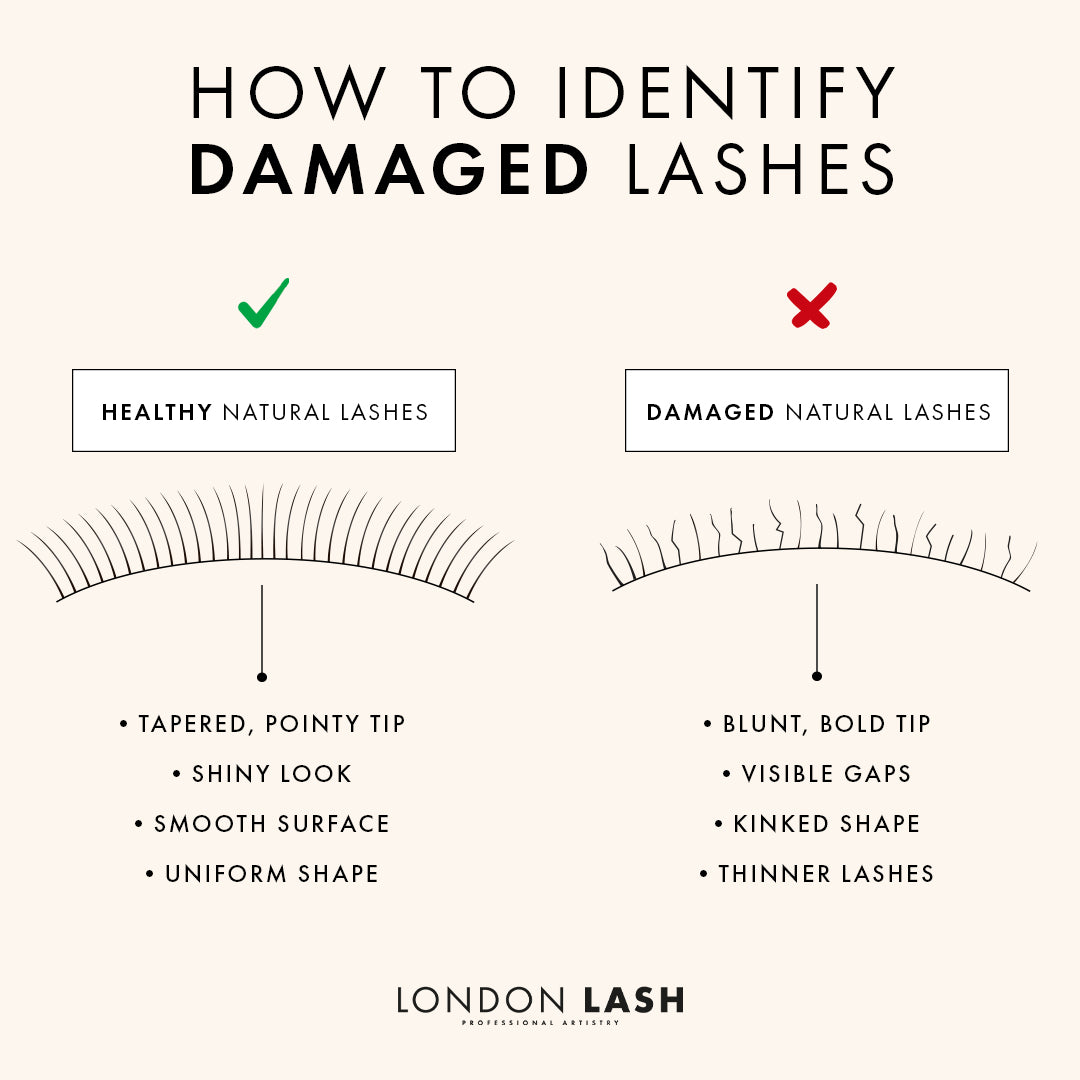
Spotting Damaged Lashes
During a consultation, prior to the initial treatment or an infill session, spotting brittle lashes is important. Brittle lashes can be weak and therefore not able to support the weight of lash extensions which can lead to discomfort, plucking and a stressful experience.
In this case, the best option for volume and density would be to use Ellipse Flat Lashes which weigh only half of a Classic Lash Extension or if the client desires density, use Flat Lashes in conjunction with sporadic volume lash fans for a hybrid lash set. You can read more about Flat Lashes here.

For brittle eyelashes, it is recommended you follow the 5-Step Pretreatment routine which ensures correct cleaning, prepping and hydrating of the natural eyelashes prior to application as you want to mediate against any potential breakage. Furthermore, it is advisable to use Flexie Glue (if you are experienced in using glue which dries in 1 second) as the glue bonds of this glue stay flexible. For added elasticity, using Superbonder Sealant at the end of the treatment is a great option as Superbonder not only cures the glue bonds instantly but also adds extra elasticity to the eyelash adhesive which suits brittle lashes as we do not want brittle glue.
Preventing Damage
As a Lash Technician, you can prevent lash damage by educating yourself on spotting certain traits and clues which can help you identify damage. Whether that is if a client has not followed the correct aftercare advice or if they have used certain products unsuitable for their eyelashes. Having constant lash lifts can lead to brittle lashes as the process is dehydrating, so advising your clients to return for lash extensions once they receive new growth is probably the best option. Furthermore, advising them to avoid certain lash serums which may contain damaging chemicals is also important.
Lash Techs should also be able to spot baby lashes or thin and weak lashes in an instant, these are natural eyelashes which are not suitable for extensions and they should be avoided. Technique and placement is of course just as important, using the correct tools and products from Pretreatment to Lashes and Lash Glue should be paramount and it will mediate and possible damage in the long run. A Lash Artist is only as good as their tools and products, low quality lash glue such as sensitive glue can lead to poor retention, premature shedding and discomfort. While, poor tools like cheap Isolation Tweezers may lead to difficult application which can then lead to stickies. At the end of each treatment a Lash Technician should always spend around ten minutes checking through the lash set for any stickies and fixing any issues.
Check out these featured products
Subscribe
Sign up to get the latest on sales, new releases and more …
